Hardwood Paroxysm presents: The NBA goes back to school – FanSided
All across the nation, kids are heading back to school to start the new year. With that in mind, the Hardwood Paroxysm crew wanted to send some of the NBA’s best players, coaches and even owners some tips on what they need to learn before the season starts.
Chris Manning (@cwmwrites): Dion Waiters needs to develop a jump shot a modicum of self awareness
Against all the evidence presented over the course of the last three seasons, Dion Waiters island still exists.
It’s sort of crazy, really. Waiters, as he heads into his fourth year, has become a piece of NBA comedy. For one, he’s more likely end up on Vine for aggressive calling for the ball than he is to end up on Vine for throwing down a vicious dunk.
This may be because Waiters hasn’t quite figured out who he is in the NBA yet. There is obvious talent there – he’s got an NBA body, some solid ball handling abilities when he doesn’t pound away the clock and some finishing ability. His skill set indicates that some kind of Lou Williams/J.R. Smith hybrid is there to be developed. Waiters, it seems, thinks he is more than that.
That won’t work in Oklahoma City, where Russell Westbrook and Kevin Durant are going to gobble up most of the shots and dominate the ball handling duties. And after Durant, players like Serge Ibaka and Enes Kanter are probably going to get more touches than Waiters, who somehow has had a usage rate above 20 percent every year of his career despite never shooting better than 43.3 percent from the field.
For Waiters to make his island an oasis instead of purgatory, he’ll need to understand that he can’t be that player anymore. Waiters will need to operate off the ball, be a good catch and shoot player and *gasp* play defense. It’s really not one thing Waiters need to do – it’s everything. But it starts with him develop some semblance of self-awareness.
That’s going to be a big challenge for Waiters. In both Cleveland and Oklahoma City, he’s been someone who, according to everyone but him, needs to adjust his game. In Cleveland, he first didn’t mesh with Kyrie Irving and then didn’t work with the LeBron-era Cavs. Oddly enough, Smith was the player who replaced him with the Cavs.
In Oklahoma City, Waiters wasn’t much better. He never really looked comfortable next to Westbrook and only shot 39.2 percent from the field while taking 12.9 shots per game. Who he was over the course of the last part of the season is someone who frankly doesn’t provide the Thunder with much use. Andre Roberson and Anthony Morrow both provide something and it’s hard to argue that Waiters offer something more valuable than either of those players.
For Waiters, this has to be concerning. He’s a year away from restricted free agency and has yet to become something worth betting on and paying big money too. This season is Waiters’ last chance to get off his own island and join the mainland. If he doesn’t, he’ll just be that guy from that Vine you’ve seen and laughed it.
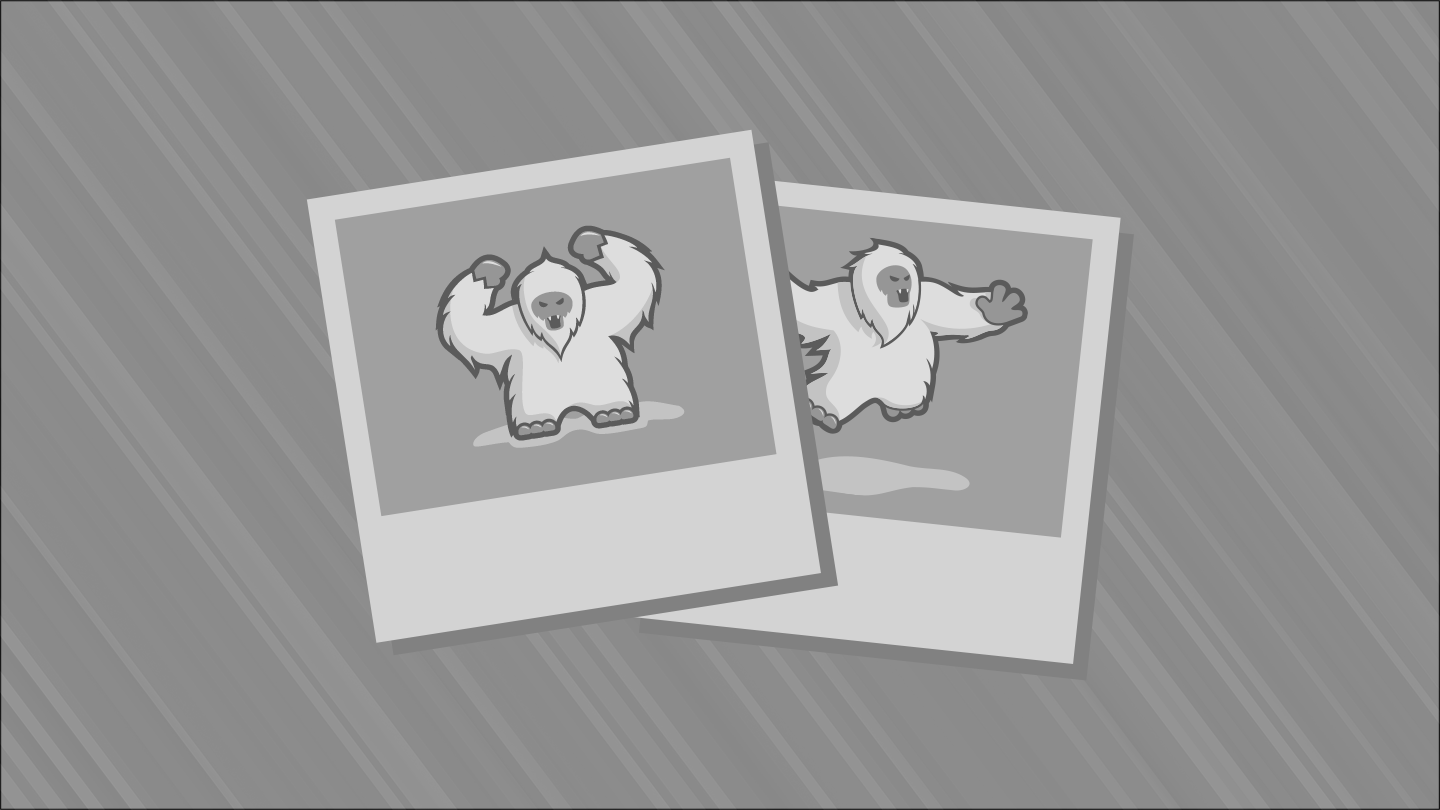
Apr 5, 2015; New York, NY, USA; Philadelphia 76ers center Nerlens Noel (4) shoots over New York Knicks center Andrea Bargnani (77) during the first half at Madison Square Garden. Mandatory Credit: Adam Hunger-USA TODAY Sports
Bryan Toporek (@btoporek): Nerlens Noel needs to develop a mid-range jumper
After the Philadelphia 76ers drafted Jahlil Okafor third overall this past June, it didn’t take long before questions sprung up about his fit next to Nerlens Noel.
Noel did most of his offensive damage in the paint as a rookie, with 302 of his 653 field-goal attempts having come within three feet of the basket. Though he knocked down 66.2 percent of those shots, his effectiveness drastically dipped as he ventured further from the hoop. To wit: He hit just 62 of his 215 shots between three and 10 feet (28.8 percent), 25 of 81 shots from 10 to 16 feet (30.9 percent) and 15 of 55 shots from 16 feet to three-point range (27.3 percent).
Considering the Kentucky product played center for much of the year, it shouldn’t come as much of a surprise that he largely preferred staying close to the rim offensively. Though he became increasingly more comfortable with his mid-range jumpers as the year progressed — after going just 5-of-30 from 16 feet to three-point range through January, he knocked down 10 of his 25 such attempts over the final two-and-a-half months of the season — it’s not as though the Sixers had a LaMarcus Aldridge clone on their hands.
Given Okafor’s acumen in the low post, however, the Sixers need Noel to develop a consistent mid-range jumper for this pairing to have any chance of succeeding. Otherwise, opponents won’t hesitate sending double-teams toward Okafor, as there’s little reason to fear a 15-footer from Noel until he proves capable of consistently knocking that shot down. In addition, having two paint-centric big men on the court together will stymie driving lanes for the Sixers’ young perimeter players, further detracting from the team’s chances of developing even a half-decent offense.
To Noel’s credit, he recognizes his jumper as his offensive Achilles’ heel. According to Keith Pompey of the Philadelphia Inquirer, the rising sophomore has spent much of his summer in Newport, Rhode Island, working with former Boston Celtics head coach John Carroll to continue developing his jump shot into a reliable weapon.
“I think it’s really going to help me as a basketball player overall, especially at [power forward],” Noel told Pompey. “[It will] help space the floor with my ability and start hitting the jumper consistently and complement our whole offense. And, you know, just changing my whole game and how effective I am.”
If the big man’s offseason work pays off and he comes back this fall with a reliable mid-range jumper, any concerns about his fit next to Okafor could prove to be overblown. Given that he’s better equipped to defend power forwards than either Okafor or Joel Embiid, who is expected to miss the 2015-16 season after undergoing another foot surgery, being able to space the floor is critical to Noel’s long-term chances of retaining the starting 4 job.
After showing flashes of a potential Defensive Player of the Year candidate as a rookie, Noel could emerge as one of the league’s best up-and-coming big men if he’s able to consistently expand his shooting range.
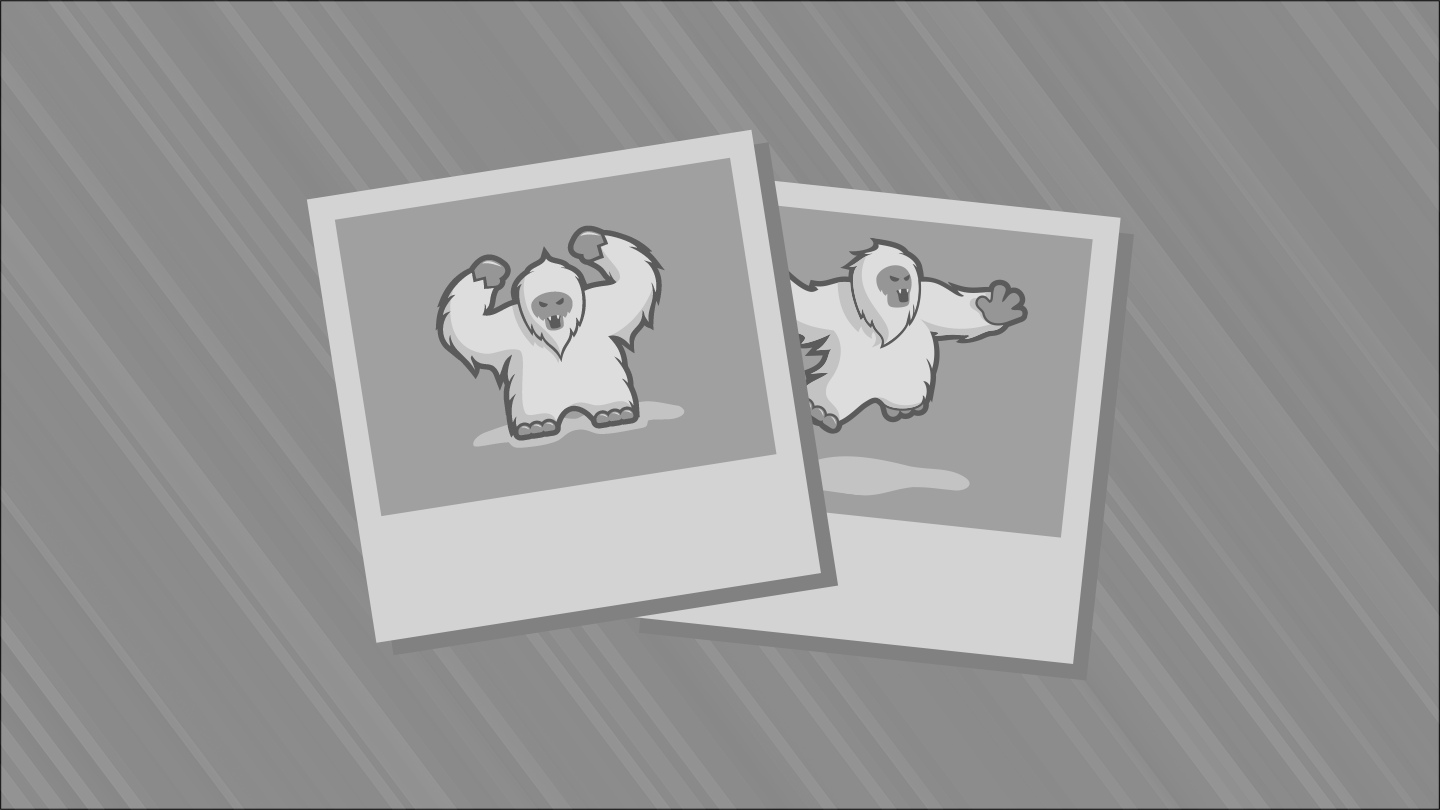
Mar 16, 2015; Salt Lake City, UT, USA; Charlotte Hornets forward Michael Kidd-Gilchrist (14) shoots the ball against the Utah Jazz during the first quarter at EnergySolutions Arena. Mandatory Credit: Chris Nicoll-USA TODAY Sports
Austin Peters (@apete1993): Michael Kidd-Gilchrist needs to hone his jumpshot
MKG is an animal at just about everything on the floor that doesn’t show up in the box score. Yes there are deficiencies with his game aesthetically; he can’t dribble and can’t shoot. Those are two skills that are seemingly a necessity if you are going to be a perimeter player in the league nowadays.
There are so many other things that he does well, though. He plays harder than just about anybody else in the league, trying to make up for his lack of skill with a tireless effort. He has gotten smarter on offense as well, making smart cuts into open areas to suck in defenders. It isn’t as good of spacing as shooting may be, but it’s better than him clogging the lane because of his lack of spacing.
His jumper improved last season, with a respectable 36.8% from 20-24 feet, 38% from 15-19 feet and 52% from 10-14 feet, according to NBA.com. He still has work to do outside of that; MKG didn’t attempt one three point field goal last season. If the Hornets are going to reach their full potential be a team that makes a leap this season, they need MKG to make a leap in that regard so that he not only can be the team’s best defensive player, but not be a liability on the other end as well.
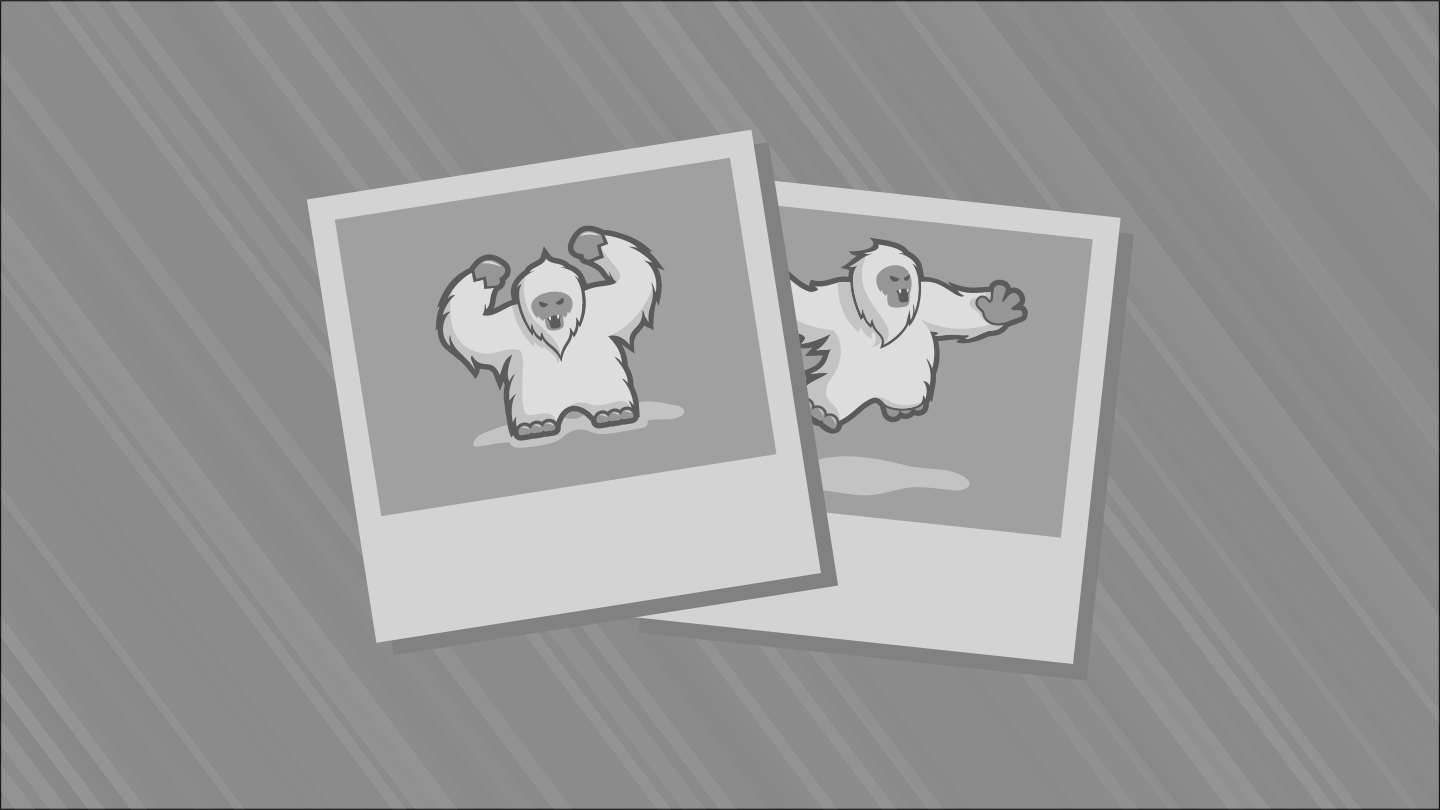
Apr 3, 2015; San Antonio, TX, USA; San Antonio Spurs power forward Boris Diaw (33) shoots the ball as Denver Nuggets center Jusuf Nurkic (23) defends during the first half at AT&T Center. Mandatory Credit: Soobum Im-USA TODAY Sports
Donnie Kolakowski (@donniebuckets): Jusuf Nurkic needs to not foul everyone in sight
Jusuf Nurkic was a pleasant surprise for the Nuggets last season. After being drafted 16th overall, Nurkic wasn’t expected to be a major player right away. He’s only 21 years old and joined a frontcourt that included veterans Kenneth Faried, Timofey Mozgov, Darrell Arthur and J.J. Hickson.
Yet, Nurkic surprised with his game early and became an important cog in the rotation once Mozgov was traded and the Nuggets realized J.J. Hickson was not good at basketball. His raw per 36 numbers were excellent for a rookie: 13.9 points and 12.5 rebounds. Plus, he quickly became one of the biggest badasses in the league.
So why did Nurkic play only 17.8 minutes per game? Well, for starters, even though he was good for a rookie, he wasn’t particularly efficient. He shot just 44.6 percent from the field, and looked like a work in progress at times on offense.
All of that is perfectly fine: no one is a finished product at 21, and Nurkic looked further along than anyone could have projected. More playing time will allow him to grow and advance his game on both ends of the floor.
But to get that playing time, Nurkic has to avoid foul trouble. Nurkic fouled at an alarming rate of 9 fouls per 48 minutes, most of anyone who played more than half the season, per ESPN. That rate would make Kendrick Perkins blush.
Nurkic exhibits all the lazy fouls one expects from a young big man. He reaches in when he’s out of position, and never stays straight up when he’s in position. He’ll bump someone just because he can, and he seems to relish knocking people down.
There’s a fine line between a player’s physicality being good and bad for a team and, too often, Nurkic lets it slide toward the latter. He needs to learn the right amount of physicality, or he won’t be able to stay on the floor long enough to develop his game.
There are several holes in Nurkic’s game, but the rest of them can’t be fixed if he can’t be on the floor due to foul trouble. Hopefully, Nurkic harnesses his physical play into something productive, but continues to clown fools every time down the court.
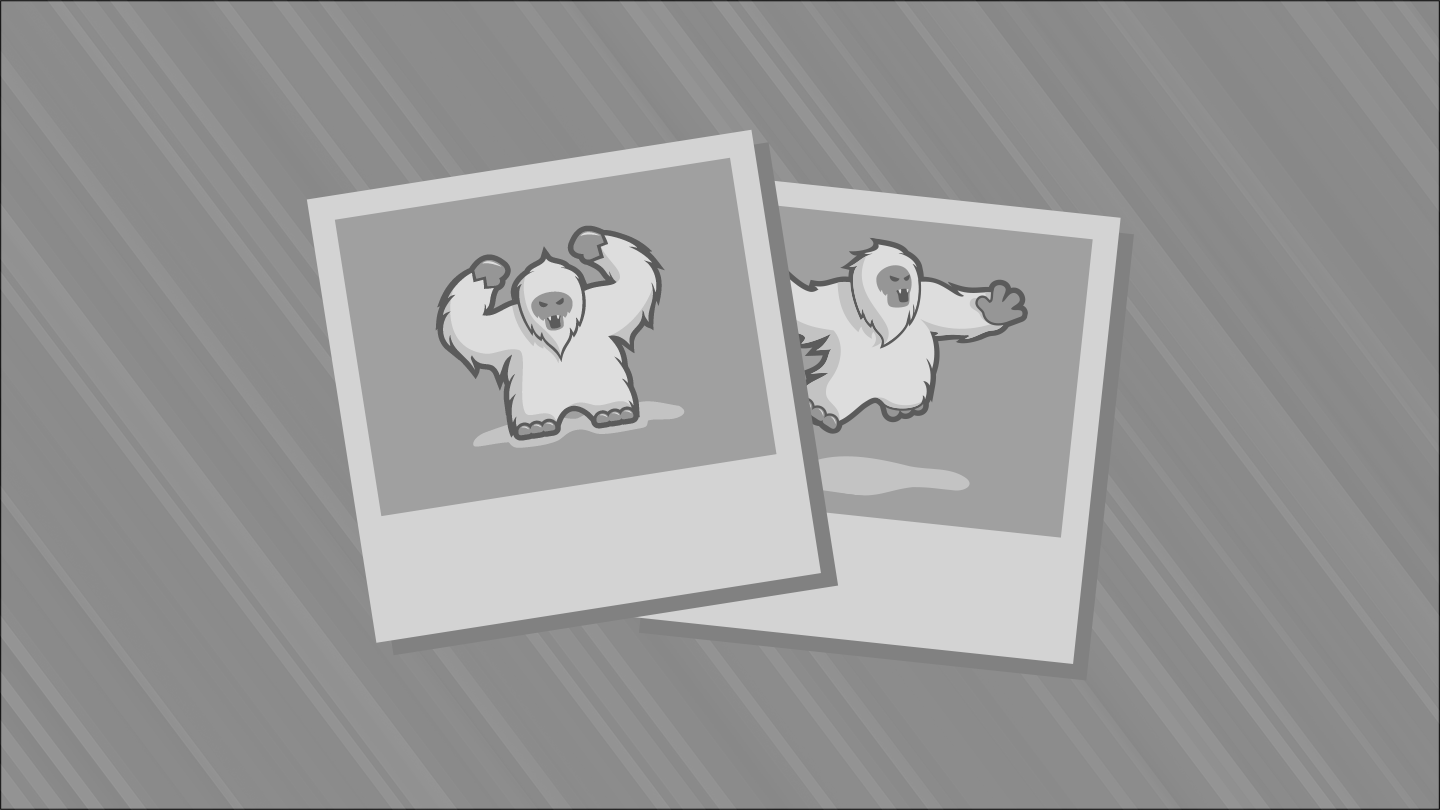
Apr 13, 2015; Philadelphia, PA, USA; Milwaukee Bucks forward Giannis Antetokounmpo (34) shoots against the Philadelphia 76ers at Wells Fargo Center. The Bucks won 107-97. Mandatory Credit: Bill Streicher-USA TODAY Sports
Kaveh Jam (@KavehsRoom): What if Giannis Antetokounmpo Developed a Legitimate Outside Shot?
Frightening thought, I know. From the time Giannis Antetokounmpo arrived in Milwaukee as the Bucks 15th pick in the 2013 Draft, he’s been a curious prospect. He began his journey as a Greek international prospect, unbeknownst to the household NBA fan, and blossomed into an essential foundational piece of the Bucks.
As a second year player last season, Antetokounmpo averaged 12.7 points, 6.7 rebounds, on 49 percent shooting in 81 games for a Bucks team that finished 41-41 (a 26 game improvement on the previous year). But what’s made him distinctive and compelling is a unique assortment of physical tools, that when developed alongside his maturing game, could be devastating for opponents.
Antetokounmpo stands at 6-foot-11 and maybe 215 pounds soaking wet. He has mittens for hands and a wingspan of 7-3 and a standing reach of over nine feet. All of that is precisely why it’s amazing that he’s still incredibly fluid, coordinated, and dexterous. Appropriately labeled the Greek Freak, he possesses a repertoire of skills akin to some of the best guards in the game, making him a matchup nightmare every night.
Ball handling is not exactly a strong suit for many of the bigger front-line players in the league. But those who are able to put the ball on the floor, as Antetokounmpo routinely does, are able to get a step on defenses unaccustomed to ball wielding bigs.
When looking at where Antetokounmpo is most comfortable scoring last season, you can’t help but notice most come at the rim. In fact, 68 percent of his attempts are inside ten feet, according to NBA.com’s Sport UV player tracking. But once he gets there he’s incredibly efficient in converting 56 percent of his attempts.
Antetokounmpo has never had issue’s slicing up NBA defenses. His slashing ability is among the league’s best. Deceptively quick and fluid with a freakishly long frame makes cutting off angles a futile task for defenses. Even before his rise in the NBA, various draft notes on him included words like “smooth”, “length”, “handle”, and “versatile.” But noticeably absent was any indication of an outside presence or even a reliable mid-range jump shot.
Not everyone can or should be frolicking on the perimeter in search of lofting lower percentage shots. But for superiorly gifted penetrating wing players, adding a dimension of outside shooting will only expand the floor, relax defenses, and allow for more interior creases to appear. Antetokounmpo is not a three-point threat. His outside game is actually non-existent. Just five percent of his field-goal attempts actually come on three’s and he’s connected on a putrid 16 percent of them. He’s not particularly good just inside the three-line either. He shot just 36.6 percent on mid-range pull-ups last season and 41 percent on catch-and-shoot opportunities.
The mechanics in his stroke appear relatively constant, and he’s shown flashes of connecting on shots with his feet set and defenses closing in (he shot 54 percent when closely guarded by a defender within two to four feet, likely a byproduct of his length).
Antetokounmpo possesses a unique combination of size and skills that will always ensure him at least a rotational role on any NBA team. But for the Greek Freak to take his game to the next level, he will need to develop into an adequate threat from outside the ten-foot area. Until then, defenses will concede wide open attempts to him in favor of crowding driving lanes.
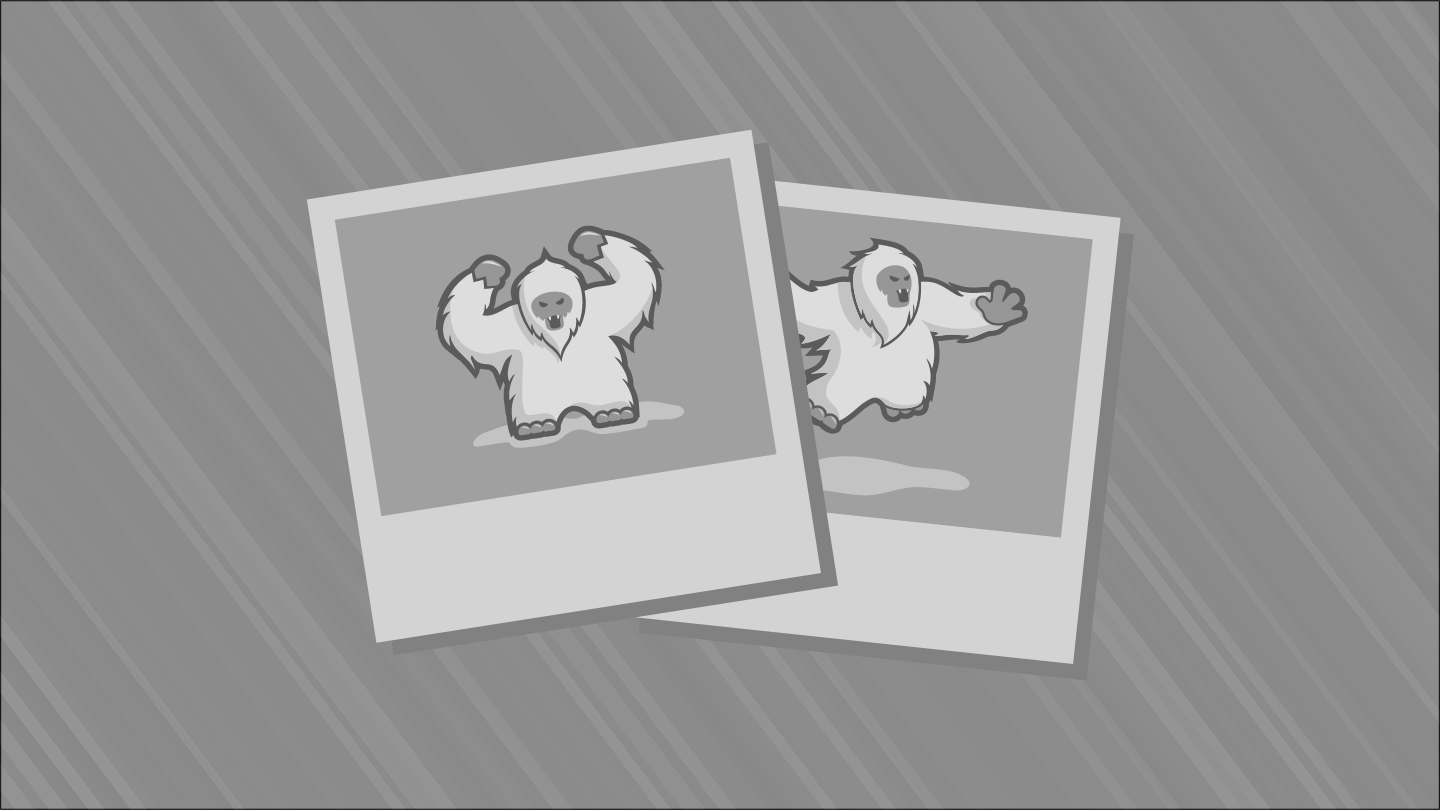
Mar 1, 2015; Houston, TX, USA; Houston Rockets forward Donatas Motiejunas (20) and Cleveland Cavaliers center Tristan Thompson (13) during the game at Toyota Center. Mandatory Credit: Troy Taormina-USA TODAY Sports
Adam Mares (@Adam_Mares): If Donatas Motiejunas improves in the pick and roll he’ll be one of the most versatile bigs in the league.
Last season, the Rockets starting front court of Dwight Howard and Terrence Jones missed a combined 74 games and yet the team still finished the season with the 2nd best record in the loaded western conference. James Harden received the lion’s share of the credit for keeping his team afloat amidst injuries but overlooked was the impressive play of Donatas Motiejunas.
DMo was the 3rd most efficient scorer on post-ups amongst power forwards and centers, (min 100 attempts) scoring an impressive 0.98 points per possession (PPP). The Rockets were great at exploiting DMo’s low post scoring, especially against teams that didn’t have a great 1-on-1 post defender. The advantage was even greater when DMo was paired alongside Howard, who almost always draws the opponent’s best front court defender. The Rockets had a net rating of +8.6 when DMo and Howard shared the court, the best net rating of any 2-man player combo involving DMo.
Motiejunas is also a capable spot-up shooter, scoring 0.92 PPP on spot-up attempts, above the league average for power forwards and centers. That proficiency at spot-up shooting made him an excellent pair alongside both Howard and Jones, who were each in the top 10 in the league at pick and roll efficiency among power forwards. With DMo dragging the opponent’s power forwards out to the perimeter, the painted area was wide open for pick and rolls.
However, there is one area where DMo is a well below league average scorer: pick and rolls. Despite being used in pick and rolls more frequently than both Jones and Howard, DMo scored just 0.79 PPP as the roll guy in pick and rolls situations.
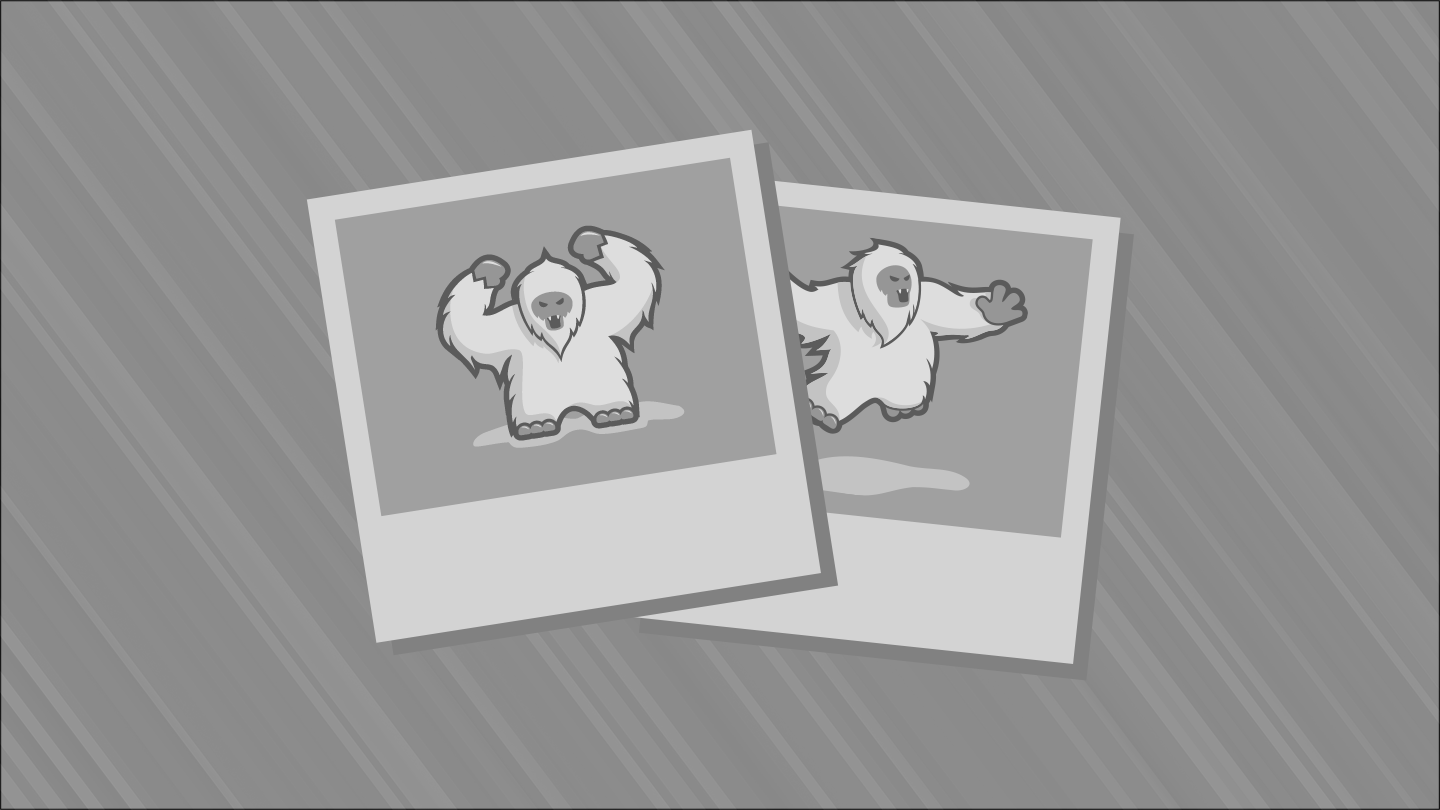
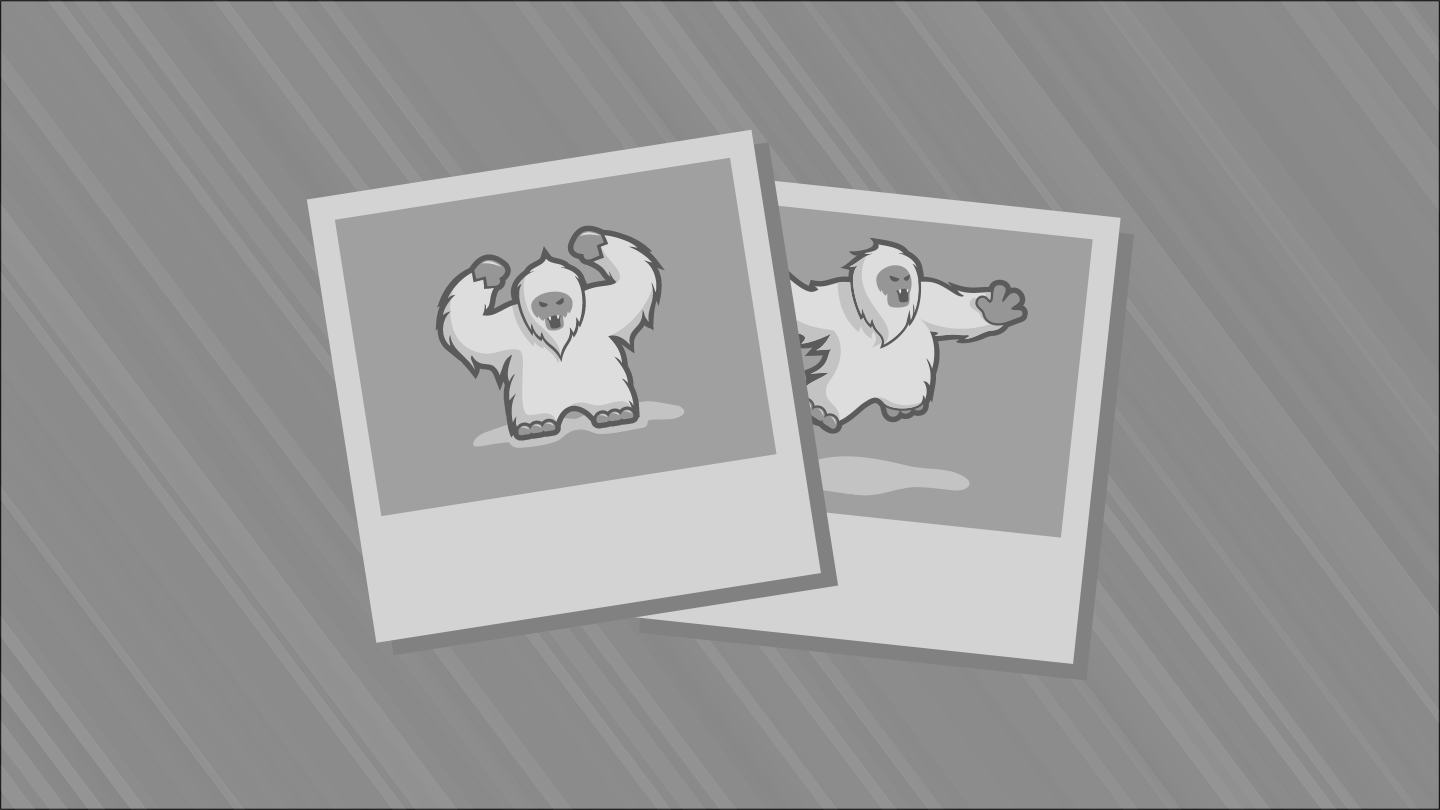
Most power forwards and centers who score at an above average rate in pick and rolls are long and athletic. Players like Tyson Chandler, Brandon Wright, Myers Leonard, and Tristan Thompson all use their length and leaping ability to collapse the defense, finish above the rim, and draw fouls. However, less athletic players with soft touch and great feel for the court also score efficiently on pick and rolls. Players like Dirk Nowitzki and Chris Bosh use their soft touch and pick and pop ability to score as the roll man and draw the double team.
Last month I wrote about both the value and scarcity of players who are effective in post-ups, spot-ups, and pick and rolls. Very few players are even close to league average at all three. The few players who are proficient at all three help their teams run a wide variety of actions in half court offense and can adjust to exploit whichever skill fits a given situation or matchup.
It seems absurd to put DMo, a backup post player in the same sentence as all-stars like Nowitzki, Bosh, and Kevin Love, but he might be closer to them in skill set than most realize. He may never be the type of player to careen toward the rim on rolls like Dwight Howard, but he can learn to operate in space on the pick and roll and become much more effective. He’s already one of the league’s best post-up scorers and an above average shooter. If he can dramatically improve his efficiency on rolls to the rim, he will become as versatile offensively as any big in the league.
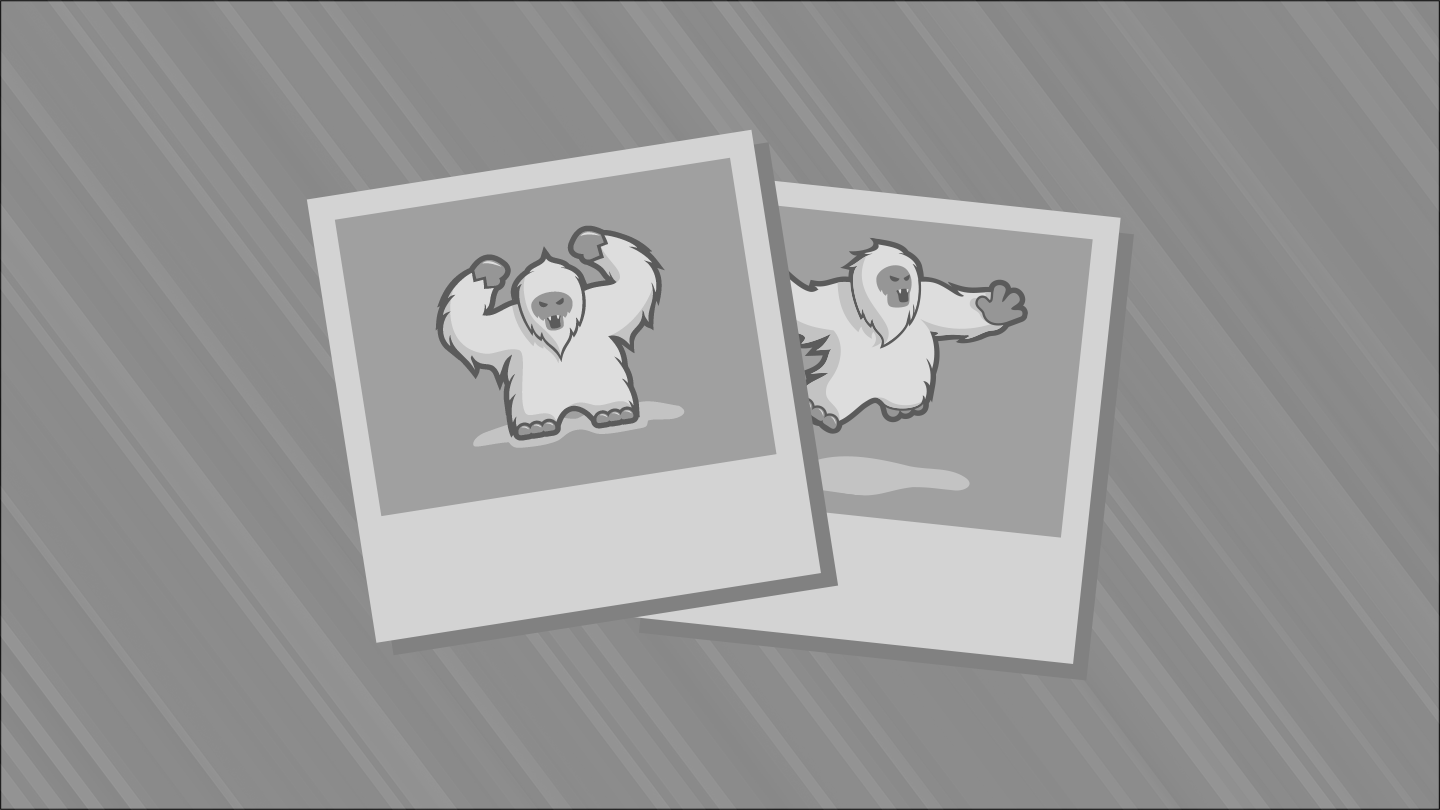
Apr 8, 2015; Brooklyn, NY, USA; Brooklyn Nets owner Mikhail Prokhorov addresses media during a press conference before the Brooklyn Nets play the Atlanta Hawks at Barclays Center. Mandatory Credit: Noah K. Murray-USA TODAY Sports
Miles Wray (@mileswray): Mikhail Prokhorov needs to learn that patience is a virtue.
It’s never a good thing when an NBA team has to get themselves acquainted with the particulars of the Stepien Rule. Have you ever noticed that the league’s great teams, the championship-winners — or even just the championship-contenders — never end up trading a bunch of draft picks and thus never have to worry about the Stepien Rule? Basically, if the blogs covering your favorite team are brushing up on the Stepien Rule, things went awry a few years ago.
While some teams have handcuffed themselves to some extent on the trade market by approaching the Stepien Rule, Mikhail Prokhorov’s Brooklyn Nets have skirted along the grey edges of the Rule for so long they might inspire new legislation. The Nets are about halfway through a decade-long stretch where they have relinquished control of their first-rounders. Seriously:
- 2010 – Traded away #3 overall pick Derrick Favors midway through his rookie year for Deron Williams
- 2011 – Traded away #3 overall pick (eventually Enes Kanter) as part of Williams trade
- 2012 – Traded away #6 overall pick (eventually Damian Lillard) as part of Gerald Wallace trade
- 2013 – Traded away #18 overall pick (eventually Shane Larkin) as part of Joe Johnson trade
- 2014 – Traded away #17 overall pick (eventually James Young) as part of Kevin Garnett trade
- 2015 – Swapped picks with Atlanta Hawks, moving from #15 back to #29 as part of Joe Johnson trade
- 2016 – Owe unprotected first-round pick to Boston as part of Kevin Garnett trade
- 2017 – Boston has option to swap first-round picks as part of Kevin Garnett trade
- 2018 – Owe unprotected first-round pick to Boston as part of Kevin Garnett trade
Fans who are morally opposed to rebuilding, rejoice: this is a team that has systematically eliminated rebuilding as a viable option for their franchise.
There’s no quick way for the Nets to start winning basketball games, but it’s never too late for any team to start moving their future trajectory in the right direction — even if it’s ugly in the most Philly-tastic of ways. Actually, there’s a page out of Sam Hinkie’s playbook that Prokhorov would be wise to copy: take on bad contracts in exchange for future assets. The Nets are depleted in nearly every possible way — except financially. Whenever a JaVale McGee or a Jason Thompson or a Kendrick Perkins is being shopped around as their team seeks salary relief, the Nets should immediately volunteer as tribute, collecting however many future assets they can along the way.
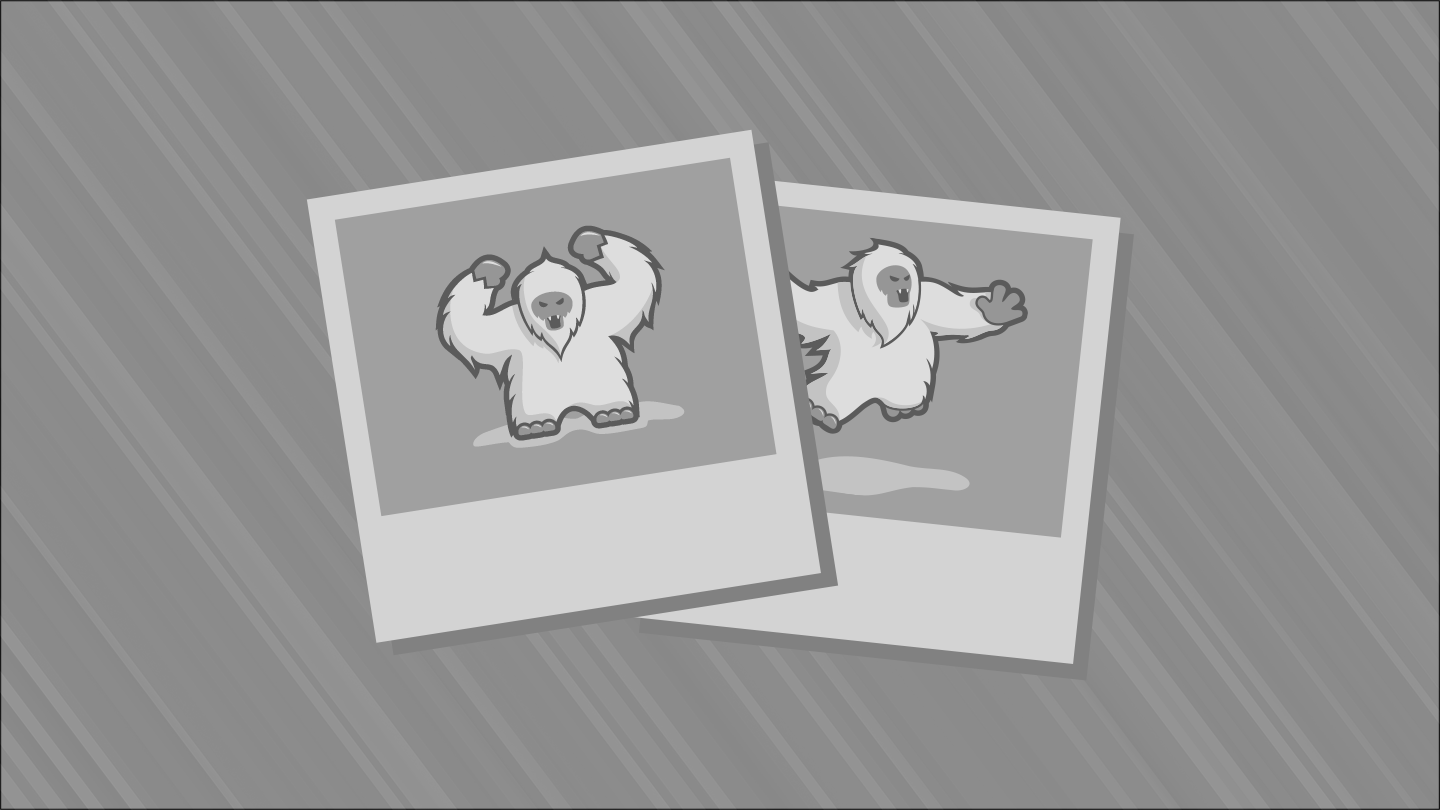
May 3, 2015; Oakland, CA, USA; Memphis Grizzlies forward Jeff Green (32) shoots the basketball against Golden State Warriors guard Andre Iguodala (9) during the first quarter in game one of the second round of the NBA Playoffs at Oracle Arena. Mandatory Credit: Kyle Terada-USA TODAY Sports
Andrew Ford (@AndrewFord22): Jeff Green needs to learn to shoot consistently from range.
Jeff Green has been overvalued throughout his NBA career, largely due to every team that has acquired him believing that he can be turned into a better shooter. An inability to shoot is one of the most common roadblocks encountered by players trying to make the jump to the next tier, so it is not as if Green’s problem is difficult to identify. Although admitting Green has a problem is the first step, identifying the problem in this case doesn’t make it any easier to correct.
Teams and fans of Green’s teams have cutely thought “if we could get him to shoot 3-4% better from beyond the arc, he would be an offensive force.” The problem with that line of thinking is that after watching Green play eight seasons in the league, it’s quite clear that anybody who thinks he will ever be more than a sporadic shooter from long range is getting their hopes up for nothing, not to mention borderline delusional.
He’s been an above-average three-point shooter in just two of his eight NBA seasons. Last season in the playoffs, Green shot a woeful 22.2% from beyond the arc. He helped the Grizzlies very little in the way of spacing in the playoffs, and although the Warriors were an indomitable force unlikely to be stopped by anything, especially Green bombing threes, it would have undeniably helped the Grizzlies chances had he sunk a few more over the course of the series.
If Green could somehow throw history out the window at this stage in his career and truly develop a consistent perimeter shot, he would become a multi-dimensional offensive threat and a blast to watch. If he could transition from smooth athlete to an all-around offensive contributor, the Grizzlies would be much less worried about facing the same spacing issues for what feels like the millionth season in a row. Green will probably go down as a maddening player to watch in the history books, but a man can dream about a higher percentage of his threes splashing through the net until he retires.
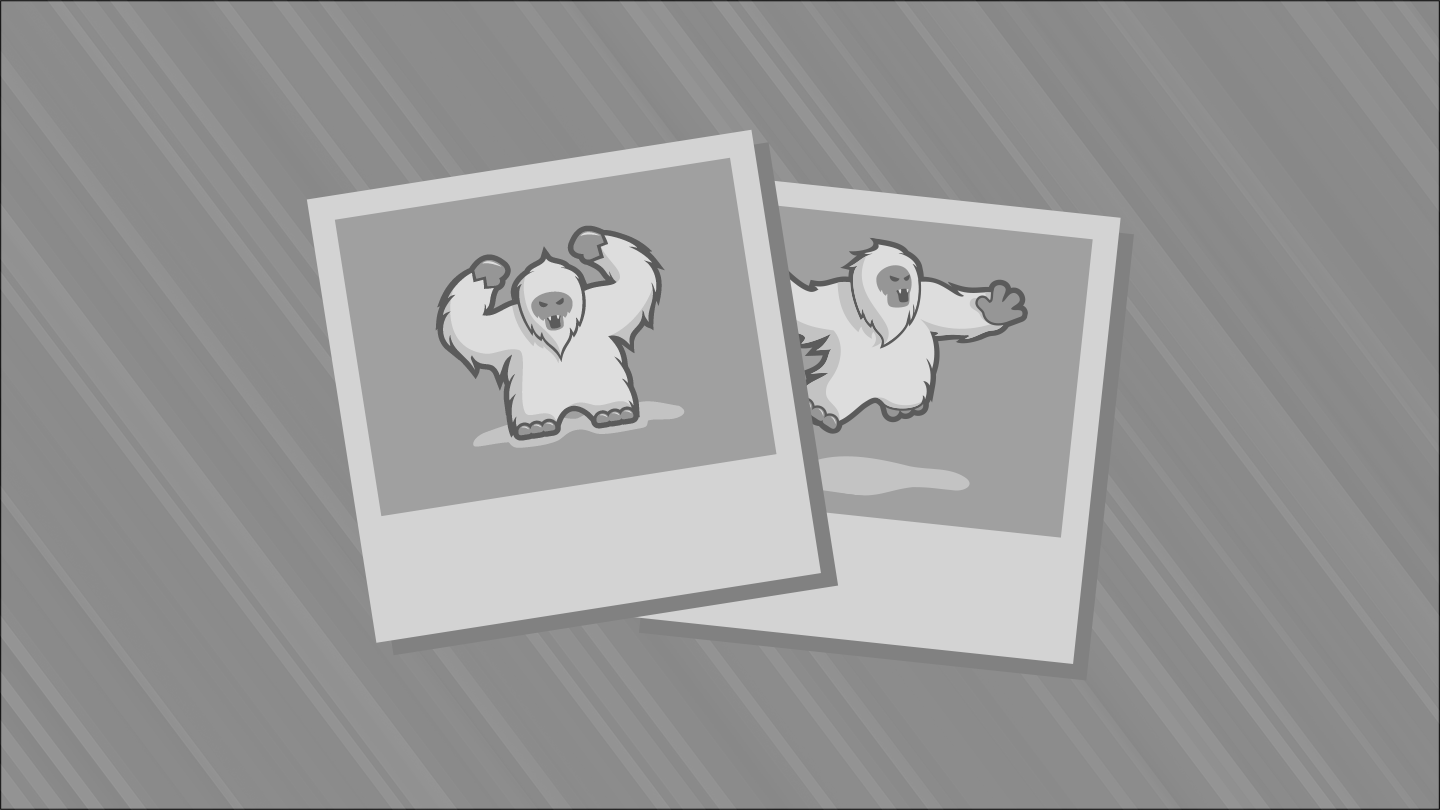
Jan 31, 2015; Minneapolis, MN, USA; Cleveland Cavaliers forward Kevin Love (0) and head coach David Blatt against the Minnesota Timberwolves at Target Center. The Cavaliers defeated the Timberwolves 106-90. Mandatory Credit: Brace Hemmelgarn-USA TODAY Sports
Danny Leroux (@DannyLeroux): David Blatt (and the Cavs) need to utilize Kevin Love
The Cavs’ first season with LeBron James proved incredibly successful, especially when taking the injuries they faced into proper account.
While Kyrie Irving adjusted to his new role quickly, Cleveland never incorporated Kevin Love to his fullest potential in a dramatically different role. Love grew into a larger role in Minnesota but became a catch and shoot player with the Cavs. After having a little over one-third (34.7%) of his shot attempts come via catch and shoot his last year with the Wolves, almost one-half of his Cleveland attempts (46.6%) came that way. Looking at shot attempts only tells part of the story but the rest bears it out as well since Love’s assist rate cut in half as well. Some of that final uptick in Minnesota came from playing without Ricky Rubio but Love had a huge role in the offense with and without the Spanish PG.
Kyrie missing some time to start the season could have a silver lining of building a better connection between James and Love but adjusting Cleveland’s rotation could help too. Last season, the Cavs only scored 101.8 points per 100 possessions when both LeBron and Love sat and were outscored by 10.3 points per 100 during those stretches despite Kyrie playing nearly half of those stretches. With Love on and LeBron off, the Cavs scored more (4.1 points per 100 possessions) and kept the margin much closer at -2.2. An offensive ecosystem featuring James, Irving and Love should be the endgame but giving Love some time to be the offensive hub would help keep him happy and also illuminate his value.
Cleveland has such a gigantic talent advantage on the rest of the Eastern Conference that they can treat the entire regular season as a testing ground for the playoffs without any ill effects. Figuring out the optimal role for Kevin Love needs to be the primary focus of that experimentation.
More from FanSided
This entry passed through the Full-Text RSS service – if this is your content and you’re reading it on someone else’s site, please read the FAQ at fivefilters.org/content-only/faq.php#publishers.